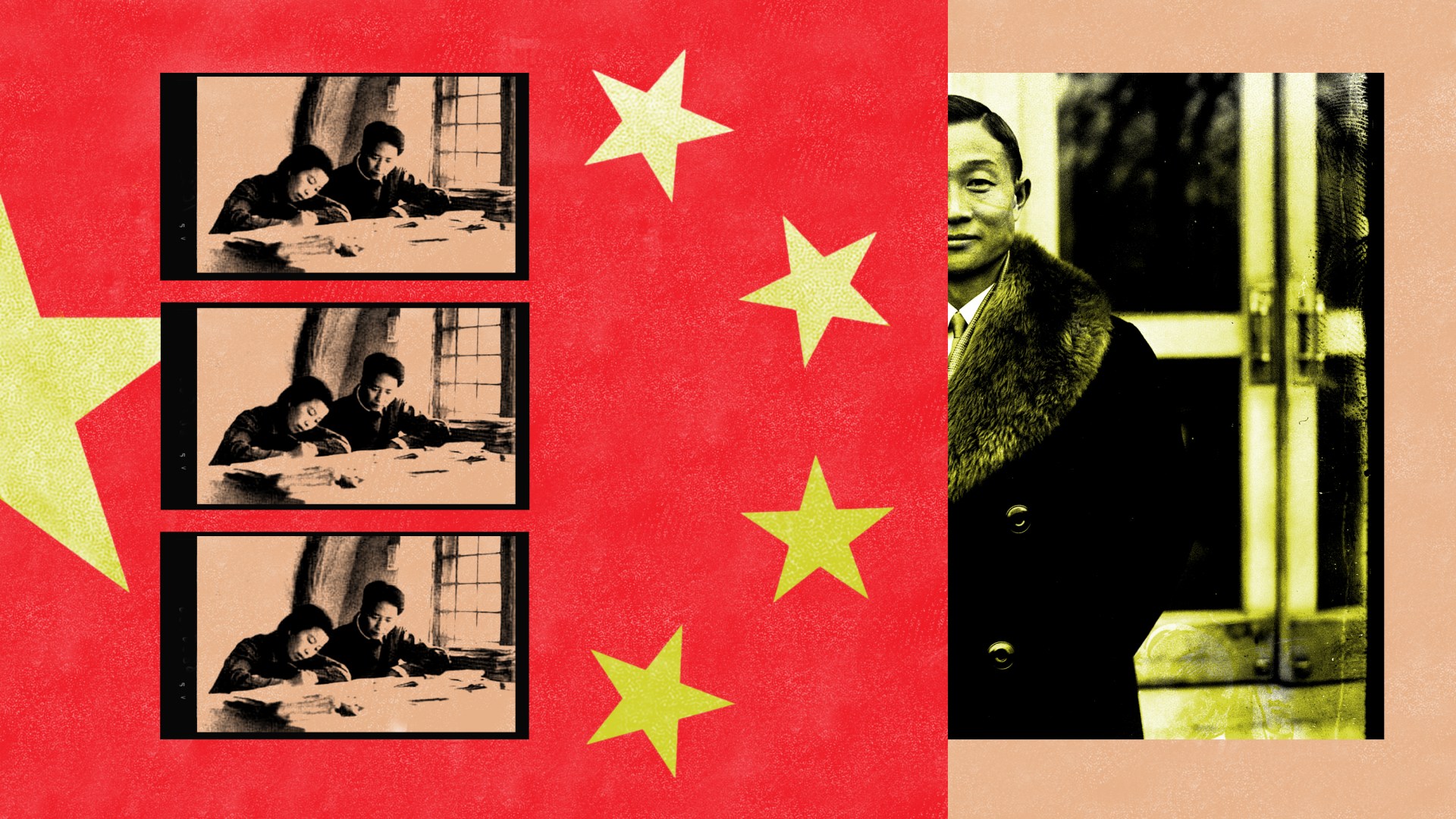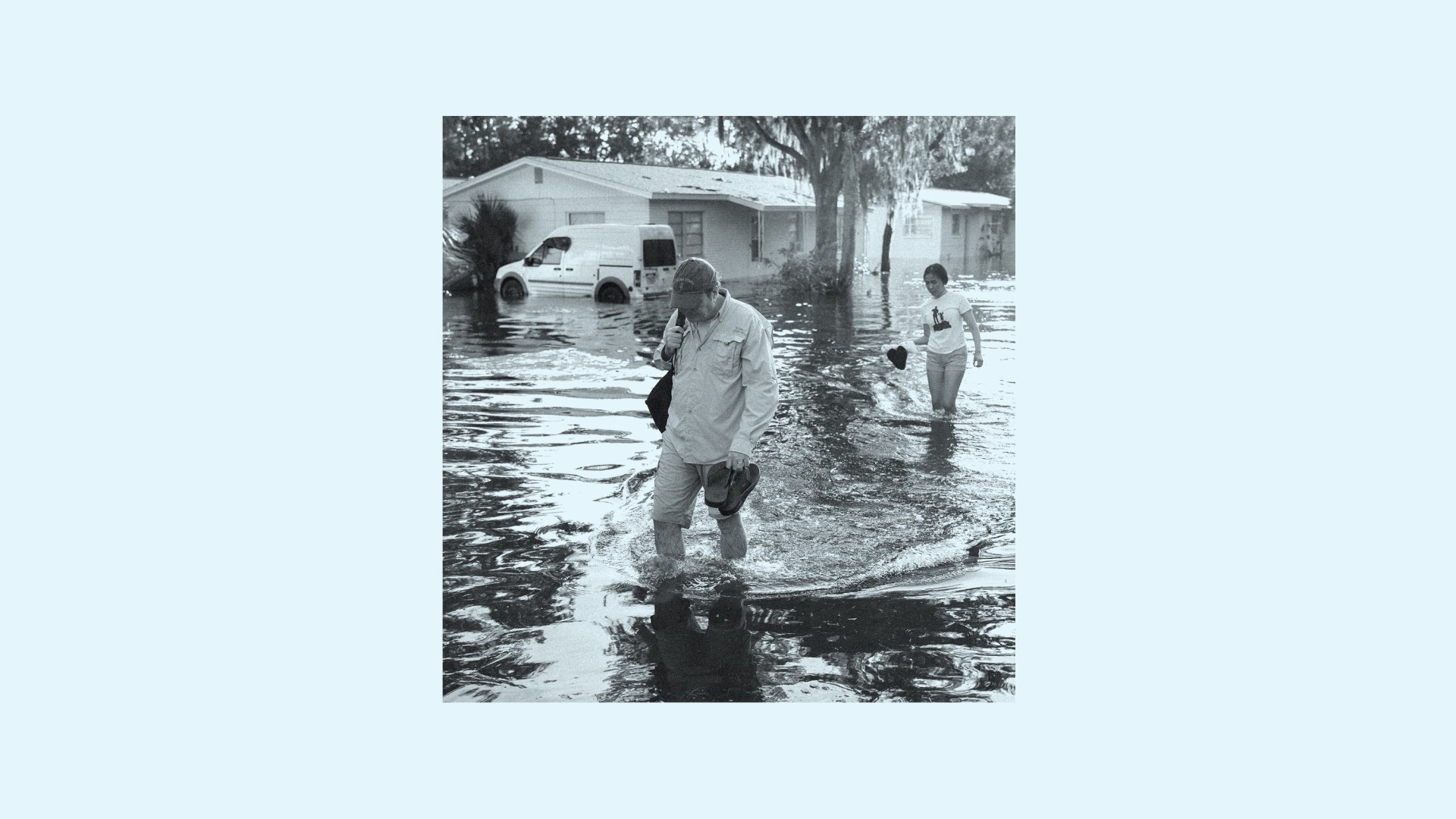Xiaofei Wang, a pastor’s wife at a house church in the Chinese port city of Xiamen, had long heard of families overseas who would adopt children with special needs from China. Some of these adoptive parents had limited finances and other children to care for, yet they were eager to bring another child into their home. She began to wonder, “Why aren’t there families in China willing to adopt these children?”
In 2014, Wang began volunteering with a Christian nonprofit that cares for children with disabilities inside a state-run orphanage. She was moved by how the nonprofit’s staff lovingly comforted and played with the children—some of whom had Down syndrome, hydrocephalus (a buildup of fluid in the brain), or imperforate anus (a birth defect where the anus is missing)—while also spending countless hours researching treatments for them.
“I once thought these children would be better off in heaven, but these volunteers believed that as long as a child is in God’s hands, they must care for him or her every single day,” she said.
From then on, Wang and her husband began to sense a desire to adopt a child with special needs, even though both adoption and disabilities are stigmatized in traditional Chinese culture. In 2020, the couple, who had no children of their own, decided to adopt a boy with Down syndrome, whom they named Zhuci (meaning “gift”).
Since then, they’ve seen Zhuci not only bring joy into their lives but also change their church’s view of the value of all people, including those with disabilities.
Wang and other Christians in China believe the church can play a unique role in adopting children with special needs, especially after the Chinese government banned international adoptions in late August. The news came four years after China stopped processing adoptions—most of which involved children with disabilities—due to the COVID-19 pandemic. Without this pathway for children with medical needs, thousands of children may face a lifetime of institutionalization.
Some Chinese pro-life groups and foster-care homes are working to mobilize the church to step into that gap. Others, like Wang, lead by example, adopting children like Zhuci and sharing their adoption stories. Yet Wang believes the Chinese church has a long way to go in championing these children.
“Our faith hasn’t yet been deeply touched by God’s love; we tend to value life based on societal norms,” Wang said. “We often want only healthy, typical children. Very few consider adopting a child with special needs.”
China’s history of international adoption is closely tied to the government’s one-child policy, which was in effect from 1979 to 2015. At the time, many mothers who gave birth to daughters or children with disabilities would abandon their babies for a chance to have a healthy son, as a preference for male children is common in Chinese culture. Having more than one child would lead to harsh fines, job loss, or forced abortions and sterilizations.
The large number of abandoned children led the Chinese government to open up international adoptions in 1992. Since then, families around the world have adopted 160,000 Chinese children.
In the past decade, things have changed drastically. The Chinese government has ended the one-child policy and is instead encouraging couples to have more children, as the country’s population is aging at one of the fastest rates in the world.
The number of abandoned children has also dropped as fewer people are having babies. In addition, more remote villages have access to ultrasounds, leading parents to abort babies with genetic abnormalities, as a doctor who brought orphans with disabilities to Beijing for treatment told The Economist. Young couples are also less superstition about disabilities and less likely to abandon a child with medical needs, the doctor added.
The ban on international adoptions—except for foreigners adopting stepchildren or blood relatives—is in line with these demographic changes and the government’s desire to grow its population.
However, domestic adoptions face their own roadblocks. Before 2021, only childless couples could adopt, and even they could receive only one child. Today, beyond the typical requirements that adoptive parents must have the financial and mental capacity to care for a child, they must also be at least 30 years old and have no more than one child.
Jonny Fan, founder of the Chinese pro-life group Children’s Day for Life, stated that beyond regulatory difficulties, there are also persistent cultural ideas about adoption to overcome.
“Traditionally, adoption has been seen negatively, often associated with a family’s inability to bear children,” Fan said. “Adopted individuals are frequently viewed as laborers within the home, lacking inheritance rights and even the ability to be recorded in the family registry.”
Fan noted that adoptions typically happen quietly. Relationships that lack blood ties are considered less secure, as some fear that adopted children will eventually leave the family to seek their biological parents. “Blood relations hold a sacred status in Eastern culture,” Fan explained.
This mindset extends to the church as well. In fact, Fan said, the strong negative connotation around adoption even impacted how the Chinese Bible was translated. In English, verses like Ephesians 1:5 use the term “adoption” to refer to believers’ new status in God’s family, but Chinese translations say, “being given the status of sons.” When Fan mentioned to one Chinese Christian that believers are adopted by God, the man replied, “How can we be adopted? We are children of God.”
Adoption plays an important role in Children’s Day for Life. The organization, which started in 2012 as a ministry within Fan’s church, sets up banners and passes out flyers each June 1 (China’s Children’s Day) to encourage women to keep their babies. Christians with friends or families with crisis pregnancies began referring mothers to the group. Members met with the mothers, discussed the life growing inside of them, and offered support to help them carry their babies to term. At times, this meant connecting them with couples willing to adopt the babies.
In total, Children’s Day for Life has helped more than 500 mothers, saved more than 200 babies from abortion, and consulted 30 families seeking to adopt these babies informally, Fan said. (Informal adoption, or taking in a child without going through the official process, is a common practice in China.)
For the past five years, the group has held a weekly “Life Open Course” online, which attracts about three dozen participants to discuss issues of life, procreation, ethics, adoption, and marriage. Last year, they read Adopted for Life by Christianity Today editor in chief Russell Moore. For many, the book was “their first time hearing biblical teachings on adoption,” Fan said. “Some indicated that their perspectives on adoption have been transformed.”
After the study, one woman pledged to adopt the baby of another Christian couple, who had found out through genetic testing that their baby likely had Down syndrome. The couple was facing overwhelming pressure from family members and their doctor to abort the baby. Despite the woman’s offer, they yielded to the pressure and chose abortion.
“Defending life and opposing abortion have always been a marginalized ministry within the church, and adoption is even more so,” Fan said. “Even my mother struggles to understand why I would ‘interfere’ in others’ family matters.”
When Fan heard that China was banning international adoption, he began developing new courses around the theme of adopting children with special needs. He hopes that Chinese Christians can begin to accept a biblical view of adoption and step up to care for these children. “The work we’ve been doing over the past decade may have been a preparation for this moment,” he said.
Owen Wong has seen the needs surrounding orphan care in China change over the past few decades. He’s a board member of Shanghai’s Love Home, a Christian nonprofit that cares for abandoned children, many of whom have severe disabilities that government orphanages are ill-equipped to care for. Started in 2000, the home has taken in nearly 100 children.
Yet in the past few years, the government has invested in its orphanages, upgrading facilities and adding rehabilitation centers, Wong said. It asked groups like Love Home to send the children back to state-run orphanages. At the same time, the government made it easier for Chinese couples to adopt by allowing informally adopted children to register for identity cards.
In response, Love Home began to shift its focus toward providing vocational training for orphans who have left their care setting, along with financial, psychological, and medical support for families adopting children with special needs.
Wong is the father of three, including two adopted children with special needs. At the Christian school where he is the principal, several families have fostered or adopted children. Yet they often face grave challenges. Families are overwhelmed by the realities of caring for children with medical needs, lack community support, experience financial strain from the medical expenses, and don’t know how to deal with the trauma that the children bring with them from their time in the orphanage.
Wong found that about half of families who foster children with disabilities end up returning the children to the orphanage.
Yet Love Home has also seen success stories, such as Hannah Shi, a 19-year-old with severe spinal disabilities who graduated from Wong’s school, Wisdom Academy, and is now studying at Columbia International University in South Carolina. Shi aspires to become a special education teacher.
Wisdom Academy holds a Bible study group for adoptive families where they can share their struggles and joys. One family, on the brink of giving up efforts to adopt, found renewed strength to persevere as they took part in a year-long study of the Gospel of John with the group.
“For every orphan, having a home is the best outcome,” Wong said. “But for families preparing to adopt, the journey requires the support of the church, fellow believers, and society at large.”
The Wangs in Xiamen also faced various challenges on their adoption journey. In 2014, Wang cared for a six-month-old with a kidney cyst and an imperforate anus at the orphanage where she volunteered. Doctors didn’t think the baby would make it to his first birthday. Moved by compassion, Wang and her husband decided to foster the boy and give him a loving home for the remainder of his life.
The Wangs secured permission from the orphanage to take the baby home. They named him Benen, meaning “son of grace.” Despite the daily challenges of changing the colostomy bag attached to his abdomen, they found joy in caring for him. Yet after three months, the orphanage informed Wang that an overseas couple had decided to adopt Benen. Tearfully, they said goodbye to him.
In 2020, Wang and her husband sought to adopt a child with physical disabilities from the same orphanage. But at the time, all the children with normal cognitive abilities had been adopted, leaving only children with Down syndrome and cerebral palsy.
As they prayed and wrestled with this decision, the couple confronted their motivations. If we adopt a child with special needs, I must set aside all my ministry work to focus on this child, Wang thought. Am I doing this because I want to be seen as a pastor’s wife who does good things? Am I seeking praise from others? Or is it a genuine calling to love? Her husband grappled with concerns over other people’s reactions: What will people say? Will they think we wanted a baby so badly that we’d even adopt a baby with Down syndrome?
After more than six months of prayer and discussion, they decided to accept the first child recommended by the orphanage. It took four months to finalize the adoption, and they joyfully brought Zhuci home. At their church, many people were initially surprised that they would adopt a child with special needs. Yet getting to know Zhuci led church members to think differently when facing medical challenges in their own families.
For instance, in 2021, Ruth Wu finally became pregnant after she and her husband struggled with infertility for three years. Through prenatal tests, doctors suspected that the baby had trisomy 18, a chromosomal condition.
Despite their shock and sadness, the couple was inspired by Wang’s adoption of Zhuci and by John 9:3: “‘Neither this man nor his parents sinned,’ said Jesus, ‘but this happened so that the works of God might be displayed in him.’” To the doctors’ surprise, they decided to carry the child to term.
When their son was born, they found that the grim prognosis was accurate. The boy, named YoYo, had multiple deformities and was immediately admitted to the NICU. When the doctors deemed him beyond help, the parents brought him home and cared for him until he passed away after three months. “YoYo’s life was a miracle, a manifestation of God’s grace,” the couple wrote in a testimony posted on WeChat. “While many live long but burdened lives, YoYo fulfilled his beautiful mission in just a short time, shepherding God’s people and displaying His works.”
Today, Zhuci is ten years old. Although he speaks only simple words, Wang said her son fills their home with joy. He joins his parents in prayers and ends with a hearty “amen.” Wang has found that her pace of life has slowed down as she accompanies her son to the park or the beach, and she’s learned to rest in God’s presence. When frustrated or tired, she increasingly recognizes God’s compassion toward her.
In caring for Zhuci, Wang often remembers the Bible verses that she treasured while processing his adoption, such as Galatians 4:4–6, which reminds her that all Christian have been adopted into the family of God. “None of us were originally children of God, yet through faith in Christ Jesus, we are adopted as his children,” Wang said. “This divine love inspired us to make this extraordinary decision.”



























































